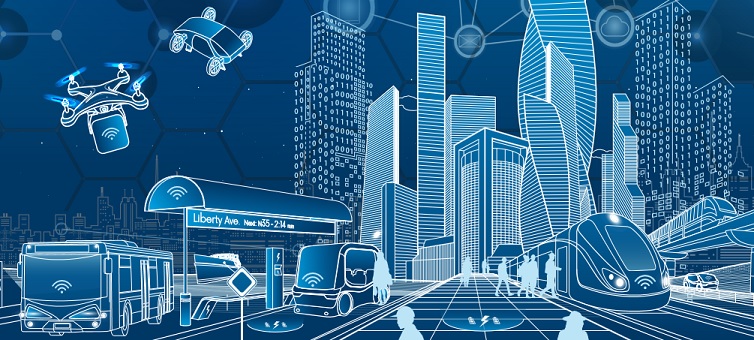ITSdigest
This US Department of Transportation (USDOT) has published a Research, Development, and Technology Strategic Plan for FY2022–2026 to establish the department’s leadership role in supporting, fostering, and safeguarding transportation innovation.

The goal of the plan is to achieve the following:
■ Zero Fatalities: Advance a future without transportation-related serious injuries and fatalities.
■ Resilient Supply Chains: Create an integrated multimodal freight system that can withstand and rapidly recover from severe disruptions.
■ Equitable Mobility for All: Create an equitable transportation system that provides safe, affordable, accessible, multimodal transportation options for all users, and where individuals and communities have a greater voice in transportation decisions affecting them.
■ Net-Zero Emissions: Create a transportation system that supports an economy with net-zero greenhouse gas emissions.
■ The Future Transportation System-of-Systems: Develop connected intelligent infrastructure that provides people-centered mobility.
Here are just a few highlights of how the USDOT plans to promote ITS to achieve these goals:
■ Leverage innovative technologies to monitor, predict, and plan ways to reduce injuries and fatalities among the transportation workforce and traveling public.
■ Support the development, evaluation, and implementation of connected digital infrastructure designed to enhance transportation safety outcomes.
■ Develop and test adaptive, inclusive, and assistive transportation technologies that meet the mobility needs of all users.
■ Support the development and adoption of low- and zero-emissions vehicles, including trucks and buses, as well as related wireless and fast charging technologies.
■ Coordinate across government and industry to define a suite of standards, interoperability requirements, and cybersecurity requirements for the transportation system-of-systems.
■ Support the widespread and equitable deployment of digital infrastructure to optimize automated and cooperative transportation systems and operations and improve connectivity across modes.
■ Support the equitable and safe rollout of wireless technologies and services, and reliable radio spectrum usage that supports safety-of-life and public safety with spectrum that is free from harmful interference.
■ Develop computer-aided decision modeling systems to assess the implications of emerging technologies, forecast travel demand, and assess potential scenarios.
■ Support the development of a robust, high-fidelity, distributed, affordable, multimodal, collaborative research, test, and evaluation platform for automation technologies.




